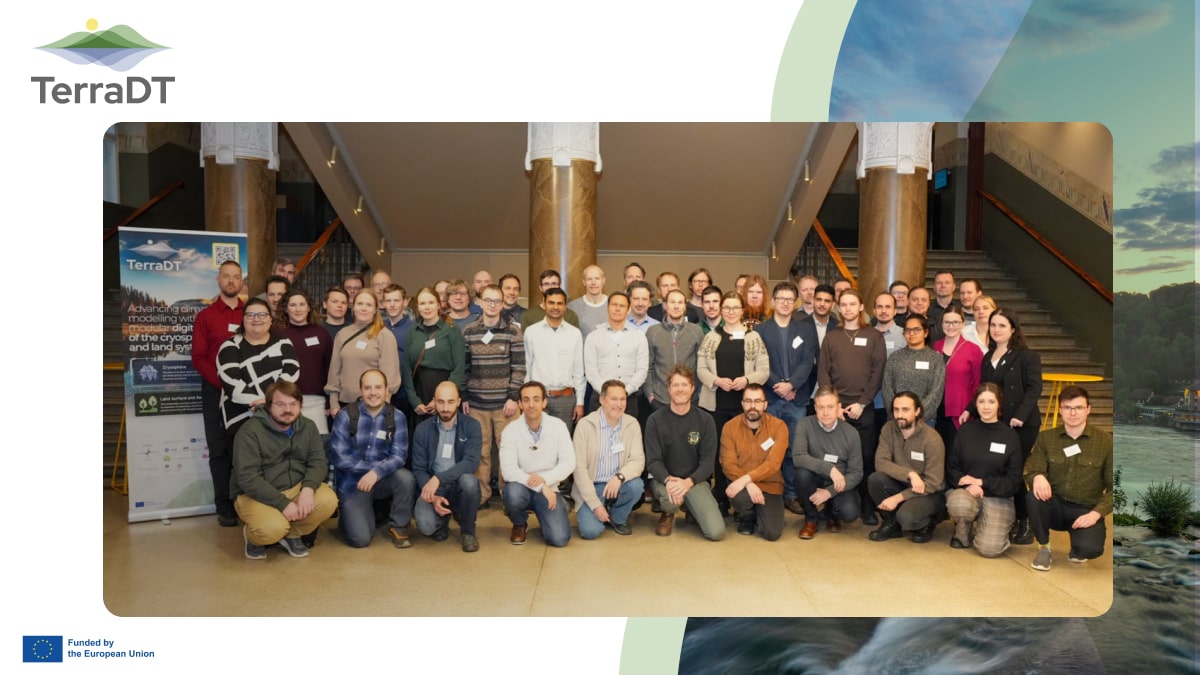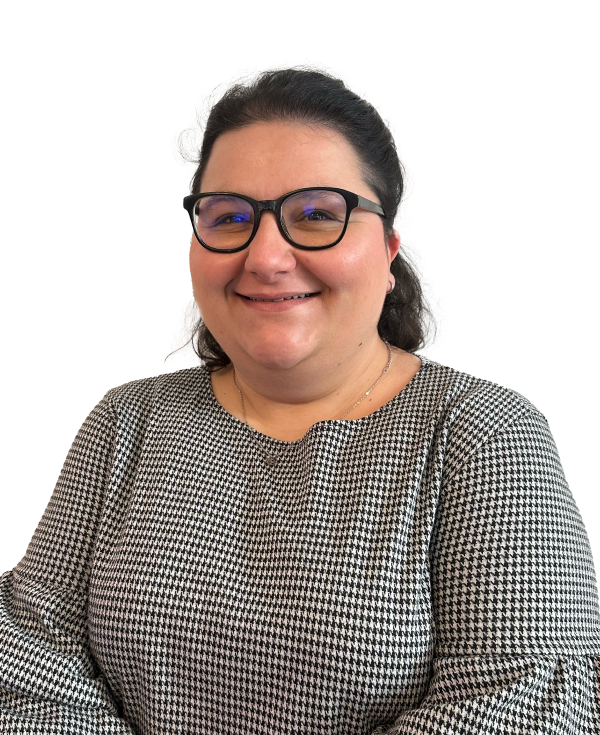
Why do we need high-resolution climate models? To increase the accuracy of our climate predictions and support governing bodies make informed policy decisions on climate adaptation and mitigation. This is the point of TerraDT.
The TerraDT project aims at developing a high-resolution Digital Twin of Earth's cryosphere (frozen regions), land surface, and aerosols to cover areas of the globe that are underrepresented within other climate modelling infrastructures. Funded by the European Union’s Horizon Europe programme alongside two other initiatives (WeatherGenerator and UrbanAIR), TerraDT aims to enhance our understanding of critical Earth system components and improve the accuracy of climate impact assessments by creating modular and interoperable components (DTCs) to support long-term climate adaptation and mitigation strategies.
High resolution for precise predictions
With its 10 km resolution models, TerraDT aims at enriching DestinE’s Climate Change Adaptation Digital Twin (Climate DT), incorporating advanced modelling of glaciers, sea ice, vegetation, and aerosol particles thus supporting precise assessments of climate impacts such as sea level rise, extreme weather events, and ecological changes.
While this level of precision comes at a cost, requiring high-performance computing capabilities to process vast datasets, the project counts on the support of Europe's leading supercomputing resources to achieve it: the LUMI supercomputer at CSC – IT Center for Science in Finland and the Mare Nostrum 5 supercomputer at the Barcelona Supercomputing Center.
Trust-IT’s Role in Communication and Dissemination
Trust-IT’s contribution to this project starts immediately: setting the stage for the achievements obtained by the 18 project partners from across Europe. With the support of CSC and BSC, Trust-IT will:
- Ensure TerraDT’s results reach the right audiences in the political sphere.
- Maximise visibility and accessibility with communication and dissemination efforts.
- Engage stakeholders, fostering collaboration in and outside the scientific community.
- Showcase the usability of the newly created models through user stories.
A Collaborative European Effort
After the kick-off meeting in Helsinki, the TerraDT consortium set sail on this 4-year voyage with the skillset required to be an example of the power of international collaboration in tackling climate challenges.
